SHOCKING: What you need to know about today’s mortgages...
March 30, 2017
It’s hard to explain to many of us who have held a mortgage for many years, but with today’s new rules, the more you put down doesn’t necessarily mean the lower your rate.
For example, let’s say two people are buying a 400,000 house. Person A puts 200,000 down and Person B only puts 20,000 (5{ea18e790148ddb141722068dfb73f9f74b06205fa18c7d39ece0e7144d0672b8}). Even though Person A had a larger down payment, Person B, who only put 5{ea18e790148ddb141722068dfb73f9f74b06205fa18c7d39ece0e7144d0672b8} down, would receive a deeper discount than the more established person with the bigger down payment.
The latest mortgage rate trends remind us of how the virtues of prudent saving and spending are disrespected in today’s world.
Home buyers who put less than 20 per cent down are seen as risky enough to require that they pay the cost of default insurance for their lender. But the best mortgage rates are in some cases going to people with small down payments.
The indignities for diligent savers are piling up. You’ll earn next to no interest on your savings, and then some mortgage lenders withhold their best rates when you buy a house.
The pricing of mortgages these days has been affected in surprising ways by regulatory changes intended to cool the housing market. For example, alternative lenders accessed through mortgage brokers are reserving their best discounts for people who put down less than 20 per cent.
“This has caused a big stink in our world,” said Vince Gaetano, mortgage planner at MonsterMortgage.ca. “Clients are saying, hold on, I‘ve got the discipline to save my 20 per cent and I get hit over the head?”
A reader with a 20-per-cent down payment recently complained about being offered a rate of 2.79 per cent for a five-year fixed rate mortgage in a city just west of Toronto, or 2.69 per cent with a smaller down payment.
This reader expected to get a top discount thanks to a sizable down payment. “But it seems that in ‘today’s market’ (I wish I had a quarter every time I heard that), it’s quite the opposite. Do you know by any chance, who in the world came up with that policy and how that’s even allowed? I thought everyone was all up in arms about Canadians’ high debt levels?”
Debt levels are a concern, of course. But the current system influences lenders to favour customers who lack a down payment of 20 per cent or more and thus will take on the most debt.
With one of these so-called high-ratio mortgages, the customer pays the cost of insuring the mortgage through insurance that is backstopped either fully or mostly by the federal government. You could just as easily say taxpayers back these mortgages if the home owner defaults.
Because they’re basically risk-free, high-ratio mortgages get the lowest rates at alternative lenders. The big banks, with their greater financial strength, don’t much look at down-payment size in setting mortgage rate discounts for in-branch clients. But there are signs of a new favouritism toward people putting less than 20 per cent down. In a recent Bank of Montreal promotion offering up to $1,000 cash to first-time buyers, one of the conditions is that they require mortgage-default insurance.
Discrimination against people who save big down payments might be addressed if regulators follow through on a proposal to have lenders share some of the risk if an insured mortgage goes into default. Rates on high-ratio mortgages would probably rise if this happened.
For now, the reader I mentioned earlier is wondering about putting down less than 20 per cent to benefit from mortgage rate savings of 0.1 of a percentage point. It’s not worth it. On a $500,000 house purchased with a 19-per-cent down payment, a five-year fixed rate mortgage at 2.69 per cent would generate payments of $1,886 a month (a $7,290 mortgage insurance premium is factored into this). With a 20-per-cent down payment and a mortgage at 2.79 per cent, the monthly cost is $1,850. Note: Mortgage insurance-premium increases will take effect on March 17, adding a small amount to monthly payments on high-ratio mortgages.
Robert McLister of RateSpy.com said there’s an additional benefit to having a 20-per-cent down payment. If house prices fall, you’ve got a thick cushion of equity to protect you from being under water. That’s where your house is worth less than the amount you owe on your mortgage.
So ignore the disrespect from lenders and make that 20-per-cent down payment where possible. “If you’re trying to counsel people on being prudent, then you want to tell them to put down as much as they can,” Mr. McLister said.
Via:The Globe and Mail
